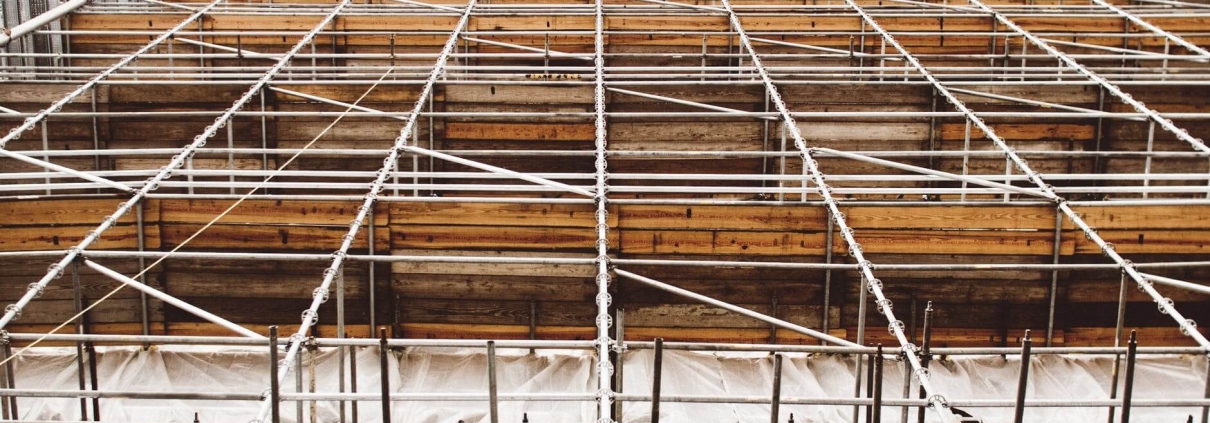Concrete Beams vs Steel Beams: Which One Will Work For You?
Building materials have come a long way over the past century, with new innovations that combine ingredients to produce super strong hybrid materials for use in building. The jury is still out on whether steel or concrete beams are best, so instead we will look at the different properties of each in terms of safety, cost, availability and environmental impact, and from there you can decide which you feel would suit your unique circumstances.
Safety Advantages
Concrete – It is believed that concrete is safer in terms of fire risk, as it does not require any extra fire proofing, and its weight, mass and strength enables it to perform well in both man-made and natural disaster situations. It has also been shown to have increased ductility (ability for deform rather than break, in response to stress), which makes it useful in areas of seismic activity, although this could be largely due to structural design rather than the material itself.
Steel – While steel can tend to soften and melt under extremely high temperatures, with the addition of fire proofing measures this material can really withstand greater temperatures and provide additional safety. This material also performs extremely well under high wind forces (with adequate engineering and design) because of its ductility.
Cost and Availability
Concrete – The price of concrete (with reinforced steel) beams can be quite costly in the short term, however, in the long term, their strength and longevity appears to give them an advantage over other materials. Availability is usually affected by where the materials are being sourced from and the demand and supply routes for the material.
Steel – Recent times have seen a rise in cost of most building materials and reinforced concrete beams appear to have risen in price equally to the hike in steel prices. While there is some debate about the availability of steel, due to a dramatic rise in construction in some Asian countries, it is believed that there is no shortage of steel, so it should not be too difficult to source if you are willing to invest in a long-term solution for your building project.
Environmental Impacts
Concrete – When considering the impact of freight miles, concrete is a material that is usually locally sourced and as such requires only a small amount of energy to transport it. In terms of its reusability, concrete that is no longer used can be crushed and recycled, although the recycled material that it is reinforced with, cannot usually be recycled.
Steel – Around 85% of steel is recycled, which is an advantage in some ways, although the steel fabrication is usually done at a great distance to building sites which could affect its travel miles. Depending on where you live, the distance to deliver the steel materials may add greater miles to the journey your steel beams will travel to reach your building project.



